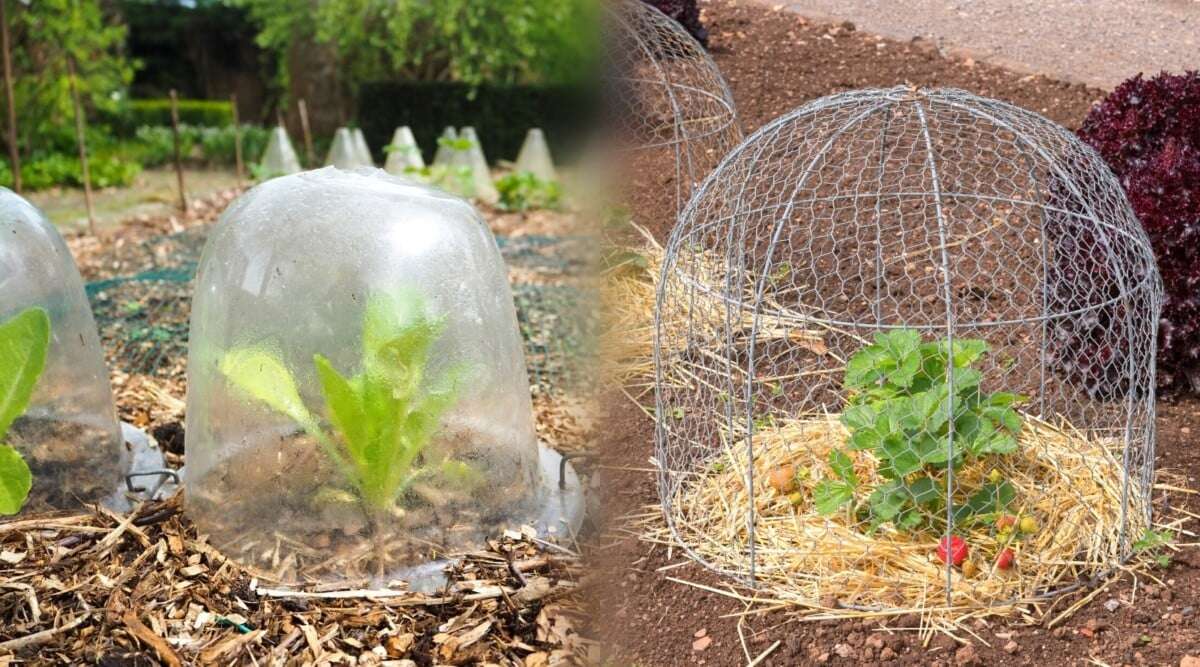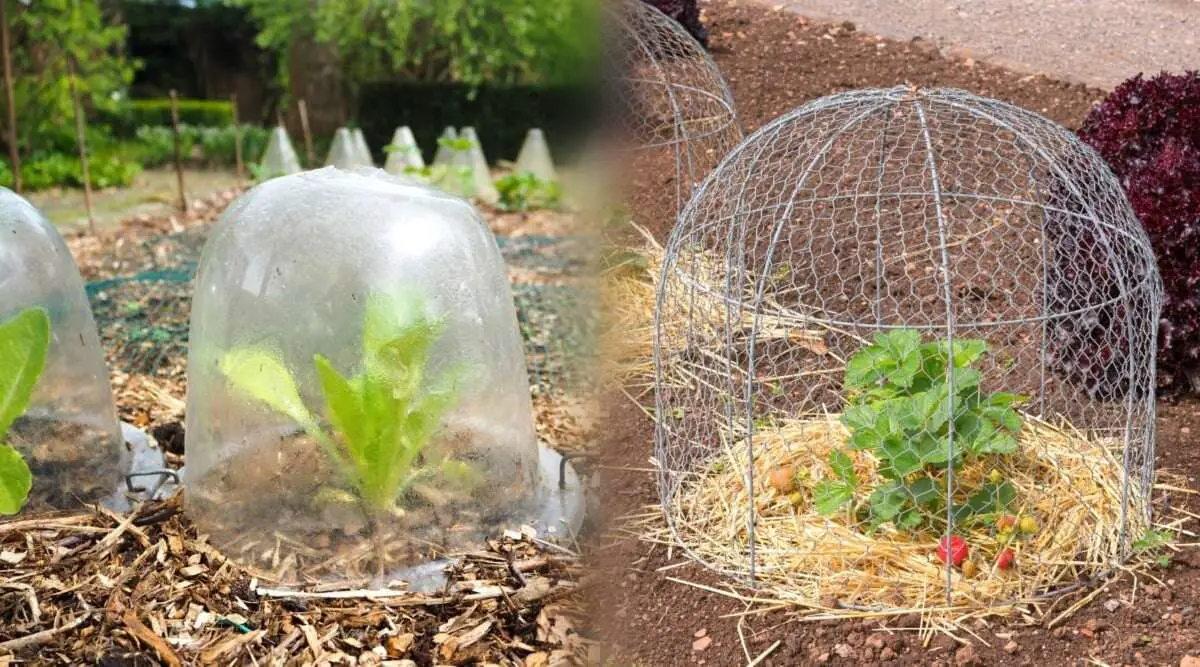If you’re an avid gardener or someone who just enjoys having a few potted plants around the house, you probably know the struggle of dealing with pests that wreak havoc on your beloved foliage. Slugs and snails may be small, but they can cause significant damage to young plants and seedlings. Luckily, there’s a simple solution that you may not have considered before: plastic bottles. Yes, those everyday household items can actually serve as effective barriers to protect your plants from these pesky pests. Not only do plastic bottles create a microclimate that promotes healthy plant growth, but they also act as a physical deterrent, preventing slugs and snails from reaching your precious greenery. In this article, we’ll explore the various ways you can use plastic bottles to safeguard your young plants, along with some additional gardening hacks that will surely pique your interest. So, grab a cup of coffee and get ready to learn some handy tricks that will have your garden thriving in no time.
Using Plastic Bottles as Barriers to Protect Young Plants from Pests
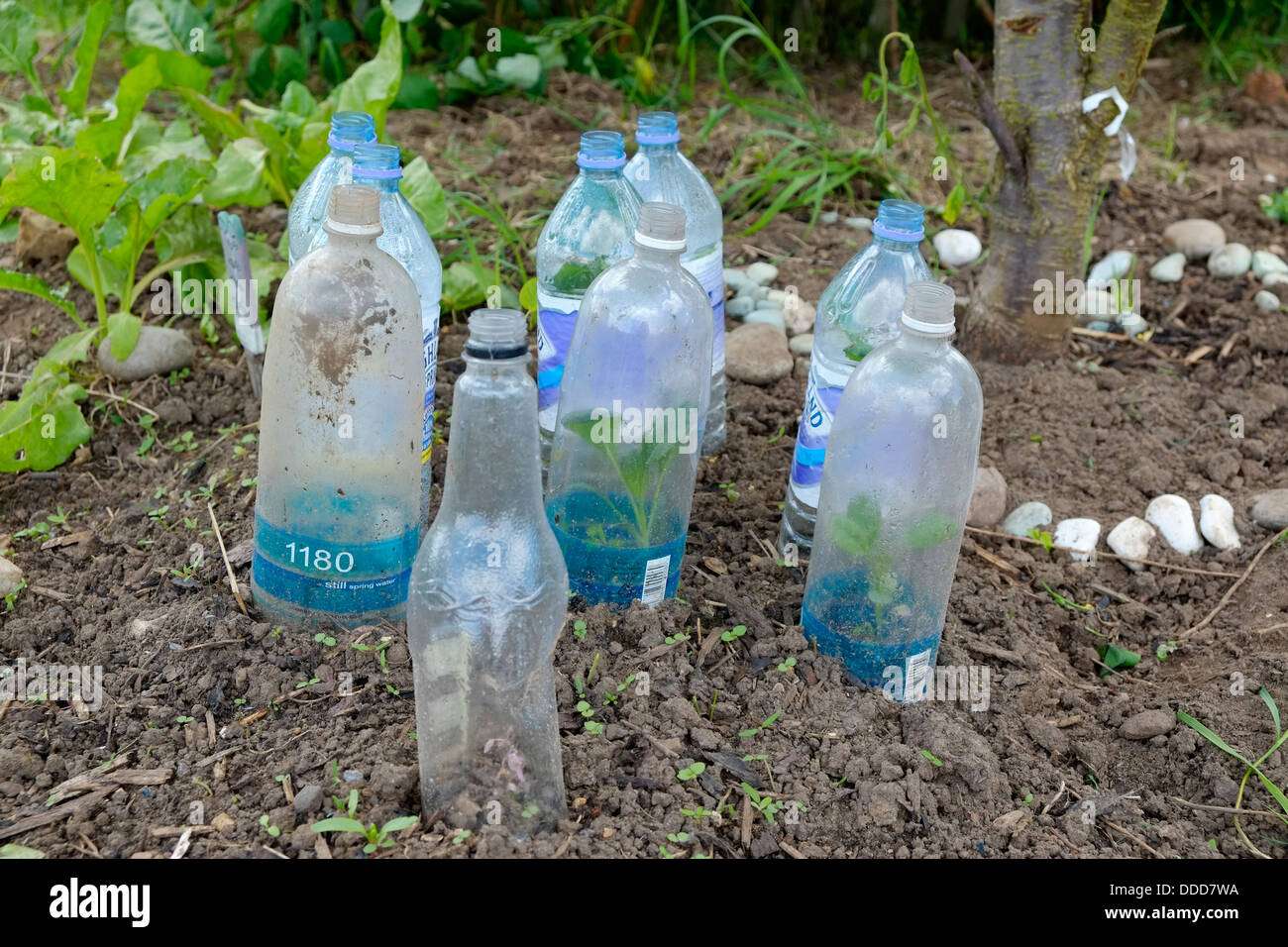
Introduction
When it comes to gardening, protecting young plants and seedlings from pests can be a challenge. Slugs and snails, in particular, can wreak havoc on these delicate plants. Fortunately, there is a simple and cost-effective solution that can help keep these pests at bay: plastic bottles. In this article, we will explore the benefits of using plastic bottles as barriers, how they create a microclimate that promotes plant growth, the importance of proper ventilation, and other creative uses of plastic bottles in gardening.
Benefits of Using Plastic Bottles as Barriers
Cost-effective Solution
One of the biggest advantages of using plastic bottles as barriers is that they are a cost-effective solution. Compared to other protective options, such as store-bought barriers or pesticides, plastic bottles can be obtained for free or at a very low cost. This makes them accessible to gardeners of all budgets.
Easy Availability and Repurposing
Plastic bottles are readily available in most households, making them easily accessible for use in gardening. Instead of throwing them away, they can be repurposed as protective barriers for young plants. This not only reduces waste but also provides a practical and sustainable solution for pest control in the garden.
Protection against Specific Pests
Plastic bottles can effectively protect young plants from a variety of pests, specifically slugs and snails. These pests are known for their voracious appetite and can quickly decimate a garden if left unchecked. By using plastic bottles as barriers, you create a physical barrier that prevents these pests from reaching the plants, offering them a safe and pest-free environment to thrive.
Promoting Plant Growth and Health
In addition to protecting plants from pests, plastic bottles also create a microclimate that promotes plant growth and overall health. By acting as a shield, plastic bottles create a warmer and more humid environment around the young plants. This helps in seed germination and provides the plants with optimal conditions for growth. The increased humidity also reduces water evaporation, conserving moisture in the soil and ensuring adequate hydration for the plants.
Creating a Microclimate
Understanding Microclimates
Before delving into how plastic bottles create a protective microclimate, let’s first understand what a microclimate is. A microclimate refers to the localized climate conditions that differ from the surrounding area. In a garden setting, microclimates can be created to provide specific conditions that are beneficial for the plants.
How Plastic Bottles Create a Protective Microclimate
Plastic bottles help create a protective microclimate by acting as a physical barrier between the plants and their surroundings. The bottles capture heat from the sunlight, creating a warming effect inside, similar to a greenhouse. This increased temperature promotes seed germination and accelerates the growth of young plants. The trapped air inside the bottle also acts as insulation, preventing temperature fluctuations and protecting the plants from extreme weather conditions.
Effects on Temperature and Humidity
By using plastic bottles as barriers, the temperature within the microclimate is raised during the day, creating a warmer environment that aids in plant growth. This is especially beneficial for plants that require higher temperatures to thrive. In addition to temperature, plastic bottles also help regulate humidity levels within the microclimate. The trapped air and reduced air circulation inside the bottle create a more humid environment, which is particularly advantageous for plants that prefer higher humidity levels.
Enhancing Plant Growth
The creation of a microclimate using plastic bottles significantly enhances plant growth. The warmer temperatures stimulate seed germination, leading to quicker and healthier growth. The increased humidity helps prevent moisture loss and reduces the need for frequent watering. With the optimal temperature and humidity levels provided by the plastic bottles, young plants can establish strong root systems and develop into robust and healthy plants.
Preventing Pest Damage
Types of Pests Targeting Young Plants
Young plants and seedlings are highly vulnerable to various pests, with slugs and snails being particularly damaging. These pests feed on the tender leaves and stems of the plants, often causing irreparable damage or even death. It is crucial to protect the young plants from these pests in order to ensure their healthy growth.
How Plastic Bottles Act as Physical Barriers
Plastic bottles act as effective physical barriers against pests, preventing them from reaching and damaging the plants. By placing the bottles upside down over the plants, the openings are covered, creating a barrier that pests cannot penetrate. The smooth surface of the plastic offers no grip to slugs and snails, making it challenging for them to crawl onto the plants and cause damage.
Limiting Pest Access to Plants
In addition to serving as a physical barrier, plastic bottles also limit the access pests have to the young plants. The bottles provide a protective shield that hinders the pests’ ability to locate and reach the plants. This is especially effective against slugs and snails, as they primarily rely on touch and feel to find their targets. With the plastic bottle barriers in place, the pests are unable to detect and reach the plants, sparing them from potential harm.
Reducing Plant Stress and Damage
As pests are kept at bay by the plastic bottle barriers, the young plants are spared from the stress and damage that these pests can cause. By preventing feeding and physical contact, the plants can focus their energy on growth and development. This reduces the risk of stunted growth, leaf damage, and other negative impacts caused by pests. Overall, the use of plastic bottles as barriers provides a protective shield against pests, allowing the plants to thrive in a pest-free environment.
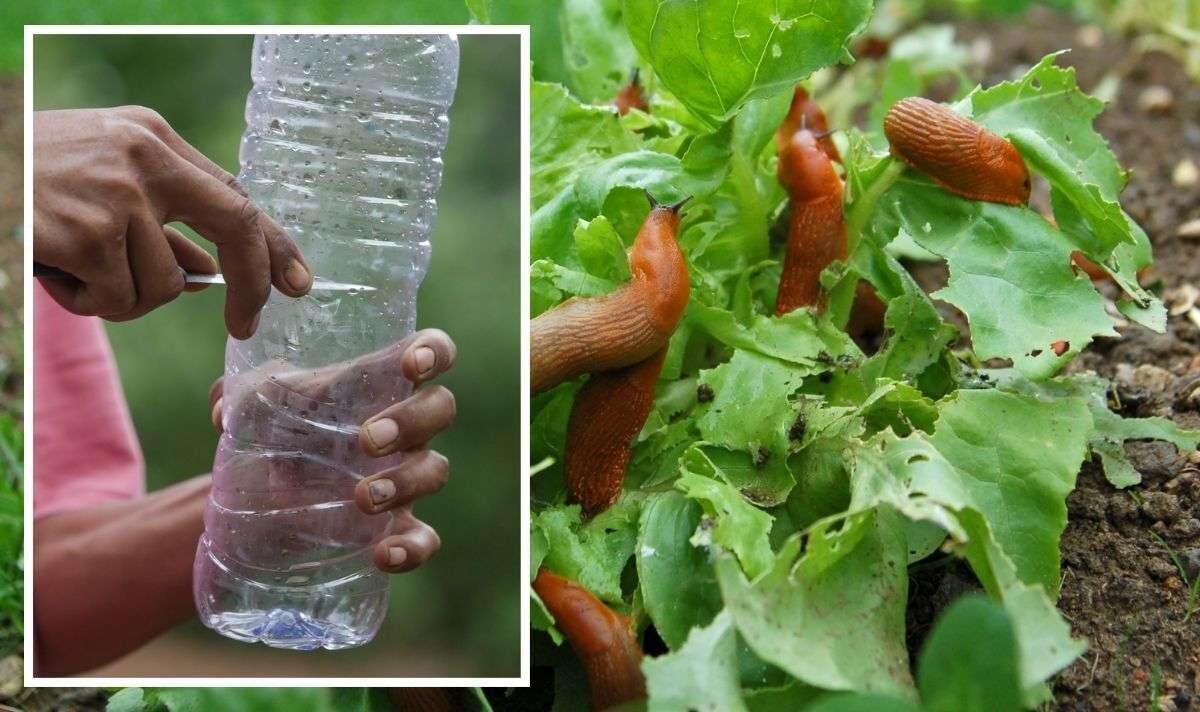
Importance of Proper Ventilation
Understanding the Role of Ventilation
While plastic bottles create a protective microclimate, it is important to maintain proper ventilation to ensure the health and well-being of the plants. Ventilation allows for air exchange, preventing the buildup of excessive humidity and reducing the risk of mold and fungal growth. It also helps in maintaining temperature balance and ensuring adequate oxygen supply to the plants.
Preventing Mold and Fungal Growth
Proper ventilation is crucial in preventing the growth of mold and fungi within the plastic bottle barriers. The trapped air and increased humidity inside the bottles can create a favorable environment for the development of these harmful organisms. By providing adequate ventilation, fresh air is allowed to enter, reducing excess moisture and preventing the conditions necessary for mold and fungal growth.
Maintaining Air Circulation
Ventilation also ensures proper air circulation within the microclimate. This is important as stagnant air can lead to poor plant health and increased risk of diseases. Proper air circulation helps in strengthening the plant’s stems and preventing the buildup of excessive moisture, which can lead to rot. It also aids in the dispersal of any residual pesticides or chemicals that may have been used in the garden, reducing the risk of plant contamination.
Balancing Temperature and Humidity
Ventilation plays a crucial role in balancing temperature and humidity levels within the microclimate. Excessive humidity can lead to sweating of the plants, which can be detrimental to their health. Proper ventilation allows for the release of excess humidity and helps maintain optimal conditions for plant growth. It also helps regulate temperature, preventing overheating during the day and excessive cooling during the night.
Other Uses of Plastic Bottles in Gardening
Self-watering Planters
Plastic bottles can be repurposed into self-watering planters, providing a convenient and efficient way to keep plants hydrated. By adding a wick or wicking material to the bottle, water is drawn up through the wick and into the soil, ensuring a constant water supply for the plants. This is particularly useful for busy gardeners or for plants that require consistent moisture levels.
Homemade Irrigation Systems
Plastic bottles can also be used to create homemade irrigation systems. By making small holes in the bottle cap and burying it in the soil near the plant’s roots, water can be slowly released, providing a steady supply of moisture. This is especially beneficial for plants that require deep watering or for areas with limited access to water sources.
Creative and Sustainable Plant Containers
Plastic bottles can be transformed into creative and sustainable plant containers. By cutting off the top portion of the bottle, it can be used as a pot to grow small plants or seedlings. The bottom portion can also be used as a protective cover, acting as a mini greenhouse to promote plant growth. This DIY approach not only reduces waste but also adds a unique and eco-friendly touch to your garden.
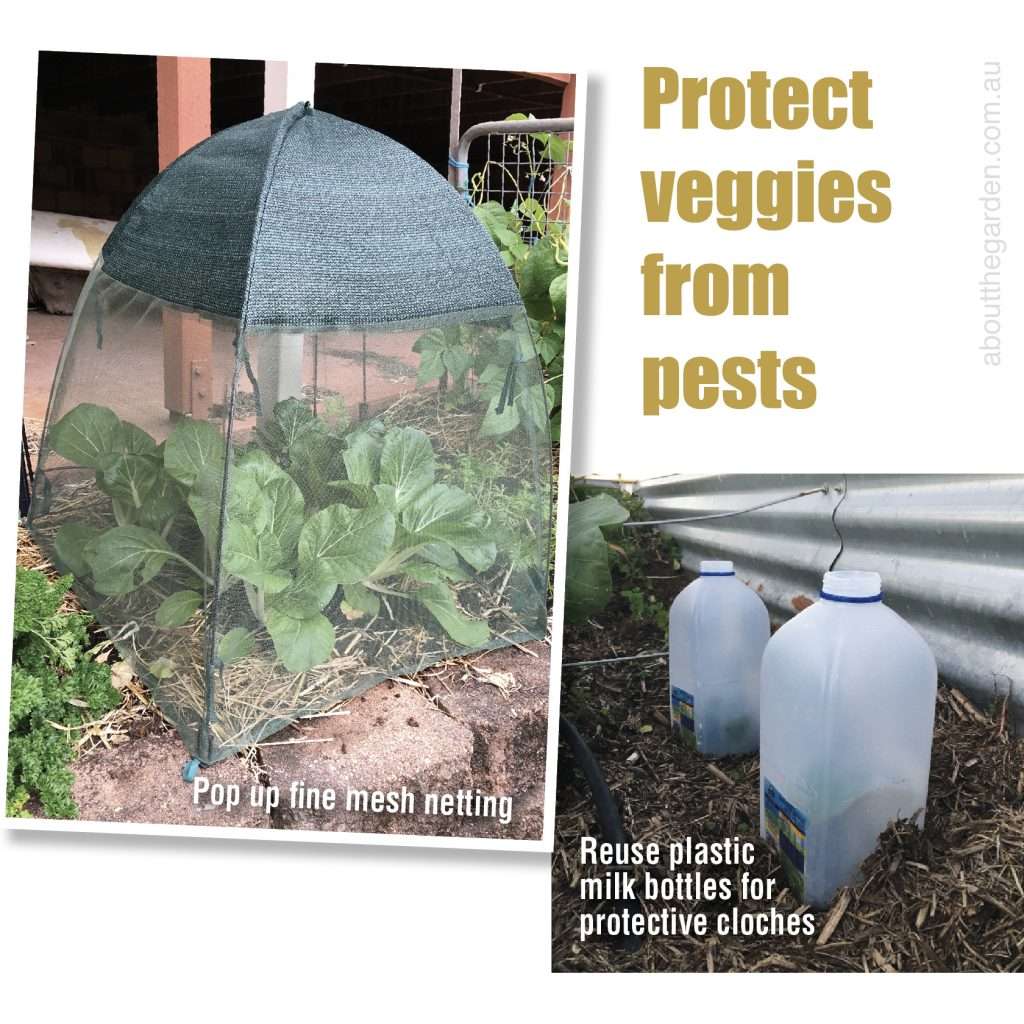
Using Plastic Bottles on Sticks as a Deterrent
Mechanism of Deterrence
Plastic bottles placed on sticks can serve as a visual deterrent to pests, keeping them away from your plants. The bright colors and unusual shapes of the bottles create a barrier that pests are wary of approaching. This technique is especially effective against birds, rabbits, and other small animals that can cause damage to your garden.
Choosing the Right Sticks
When using plastic bottles as deterrents, it is important to choose the right sticks or bamboo poles to support them. Sturdy sticks that are tall enough to elevate the bottles above the plants are ideal. Make sure the sticks are securely planted in the ground to ensure stability and prevent the bottles from toppling over in strong winds or heavy rain.
Placement and Arrangement of Bottles
To maximize the effectiveness of plastic bottles as deterrents, proper placement and arrangement are key. Strategically position the bottles around your garden, focusing on areas where pests are known to be active or where your plants are most vulnerable. Consider grouping the bottles together or spacing them out depending on the size of your garden and the number of plants you need to protect.
Additional Visual and Acoustic Techniques
In addition to plastic bottles, there are other visual and acoustic techniques that can be used to further deter pests. Hang reflective tape or CDs near your plants to create flashes of light that will startle and deter birds and other pests. Wind chimes or aluminum cans tied with strings can create noise that also keeps pests at bay. By combining these techniques, you can create a multi-layered defense system that effectively protects your garden.
Materials Needed
To use plastic bottles as barriers, you will need the following materials:
- Plastic bottles: Select bottles of appropriate size to cover your young plants or seedlings.
- Sharp utility knife: Use a knife to cut the bottles to the desired height and to create openings for the plants.
- Sticks or bamboo poles: Choose sturdy sticks or bamboo poles to support the bottles and keep them upright.
- Optional: Paint or decorative materials: If desired, you can paint or decorate the bottles to add a fun and personalized touch to your garden.
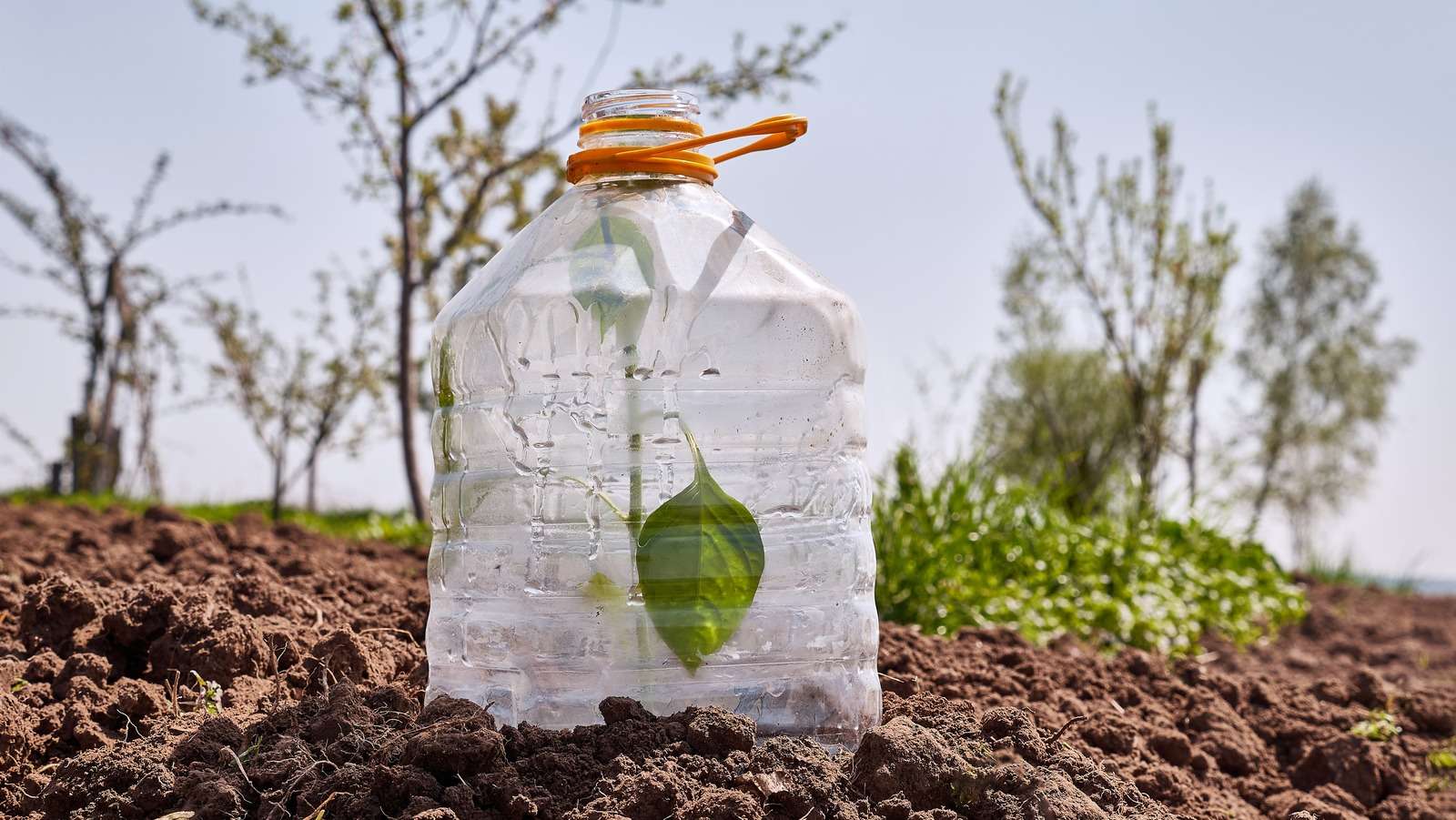
Step-by-Step Guide to Using Plastic Bottles as Barriers
- Collect the necessary materials: Gather plastic bottles, a sharp utility knife, and sticks or bamboo poles.
- Prepare the bottles: Using the utility knife, cut off the bottom of the bottles and create openings at the top for the plants to grow through.
- Trim the bottles to the desired height: Adjust the height of the bottles based on the size of your plants. Leave enough space at the top for growth.
- Insert sticks or bamboo poles into the soil: Plant the sturdy sticks or bamboo poles in the ground near the plants you wish to protect.
- Place the bottles on the sticks: Carefully place each bottle upside down on top of a stick, ensuring that it is secure and stable.
- Secure the bottles if necessary: If the bottles are wobbly or prone to falling, you can secure them by tying them to the sticks using twine or rubber bands.
- Repeat the process for all plants: Repeat steps 3 to 6 for each plant you wish to protect, adjusting the height and placement of the bottles as needed.
- Optional: Paint or decorate the bottles: If desired, you can paint or decorate the bottles to add a touch of color and personality to your garden.
- Monitor the plants and adjust as needed: Regularly check your plants and adjust the bottles as necessary. As the plants grow, raise the bottles to accommodate their height.
Conclusion
Using plastic bottles as barriers to protect young plants from pests is a practical and cost-effective solution for any gardener. Not only do plastic bottles create a protective microclimate that promotes plant growth, but they also act as physical barriers, preventing pests from causing damage. Proper ventilation is crucial to maintain a healthy environment, and plastic bottles can be repurposed for various other gardening purposes as well. By placing plastic bottles on sticks, you can further deter pests and protect your plants from harm. So, don’t throw away those plastic bottles – repurpose them in your garden and enjoy a thriving and pest-free outdoor space.
